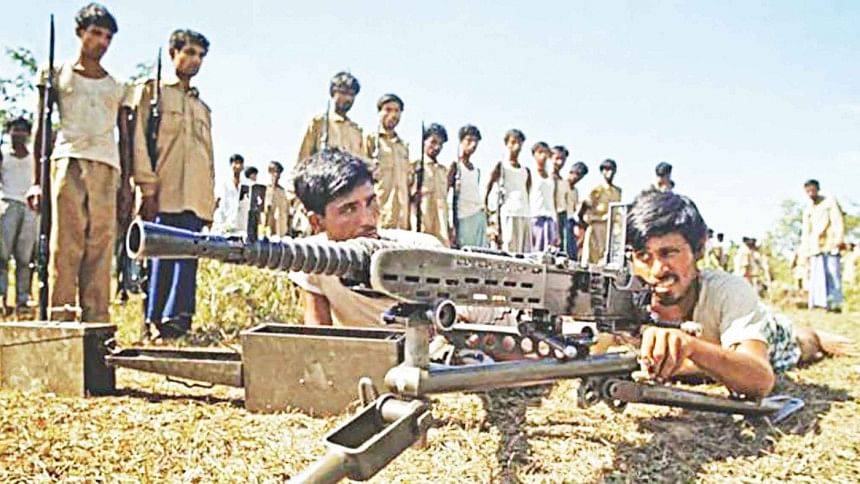Vijay Diwas – Why is it celebrated?![]()
The 1971 India-Pakistan War was a significant conflict that led to the creation of Bangladesh as an independent nation. This war is remembered for its decisive nature, swift military campaigns, and profound geopolitical consequences. Below is a detailed chronological account of the events leading up to, during, and following the war.
Background and Causes (1947-1971)
- Partition of 1947:
- The partition of British India created India and Pakistan. Pakistan comprised two geographically and culturally distinct regions: West Pakistan (modern-day Pakistan) and East Pakistan (modern-day Bangladesh).
- Tensions between the two regions arose due to cultural, linguistic, and political differences, with the Bengali-speaking population of East Pakistan feeling marginalized.
-

1947 Partition
- Language Movement (1948-1956):
- West Pakistan’s imposition of Urdu as the national language ignited protests in East Pakistan, where Bengali was the dominant language. This fueled resentment and a sense of alienation.
-
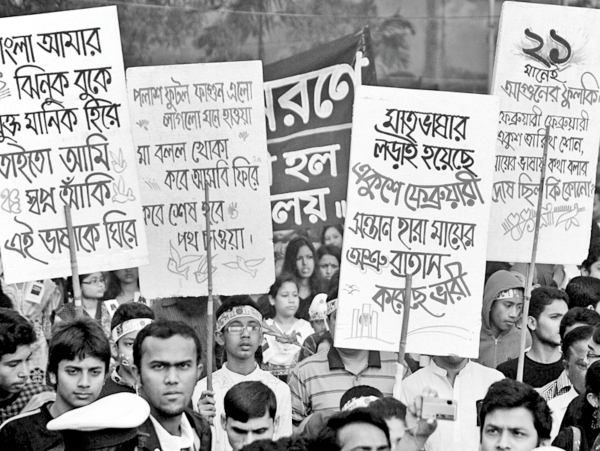
Bangladesh Language Movement
- Economic Disparities:
- East Pakistan, despite contributing significantly to Pakistan’s economy through agricultural and jute exports, received fewer resources and investments.

- Political Crisis (1970):
- The general elections of 1970 saw Sheikh Mujibur Rahman‘s Awami League win a majority, securing 167 out of 169 East Pakistani seats in the National Assembly.
- West Pakistan’s leadership, including President Yahya Khan and Zulfikar Ali Bhutto, refused to transfer power, exacerbating tensions.
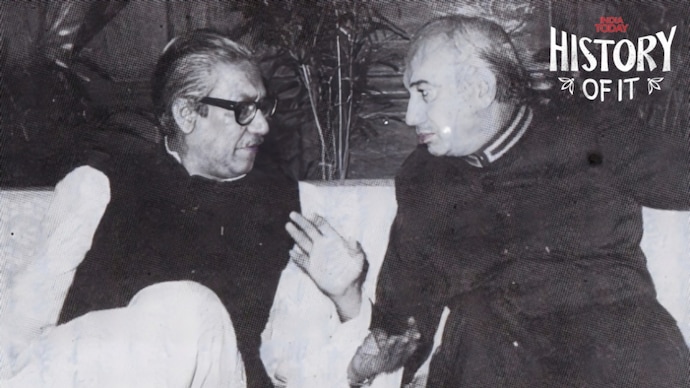
The Outbreak of the Conflict (March 1971)
- Operation Searchlight (March 25, 1971):
- The Pakistani military launched a brutal crackdown in Dhaka to suppress the Bengali independence movement. This operation targeted students, intellectuals, and political leaders, leading to widespread atrocities.
- The crackdown caused massive displacement, with millions fleeing to India as refugees, creating a humanitarian crisis.

- Formation of Mukti Bahini:
- Bengali resistance fighters formed the Mukti Bahini, a guerrilla force that waged an armed struggle against Pakistani forces.
- India, under Prime Minister Indira Gandhi, began providing training and support to Mukti Bahini fighters.
-
![Mukti Bahini]()
Members of the Mukti Bahini preparing for their next guerilla attack.
- Escalation of Refugee Crisis:
- By mid-1971, nearly 10 million refugees had crossed into India, straining the country’s resources and prompting India to seek international intervention. However, global responses were limited.
Prelude to War (April-November 1971)
- International Diplomacy:
- Indira Gandhi toured major world capitals to garner support for India’s position and highlight the plight of Bengali refugees. However, the global community, including the United States, remained largely supportive of Pakistan due to Cold War alignments.
-
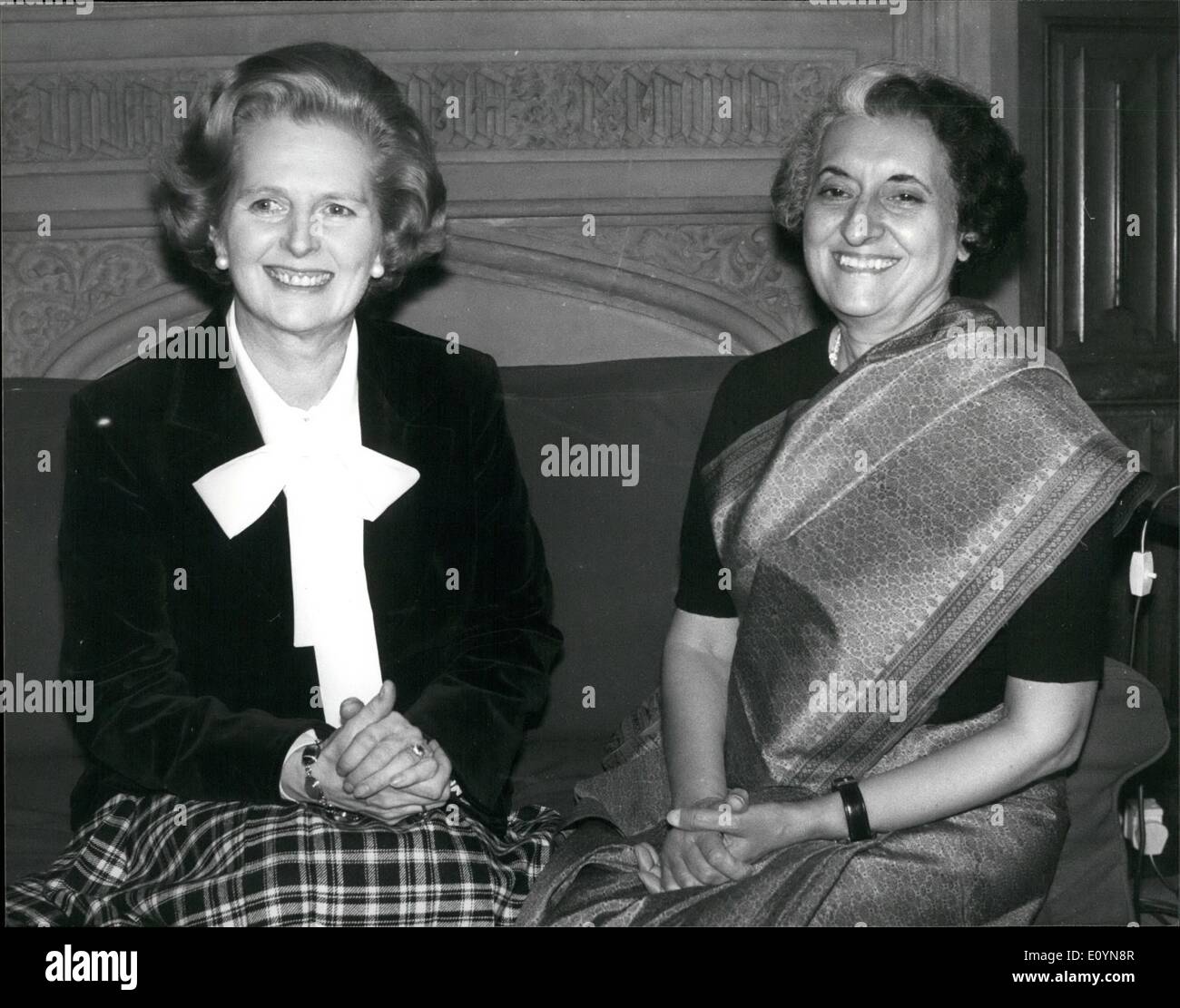
Nov. 11, 1970 – MRS INDIRA GANDHINMEETS MRS MARGARET THATCHER IN THE HOUSE OF COMMONS
- India’s Military Preparations:
- By mid-1971, India’s military, led by General Sam Manekshaw, began preparing for a potential conflict. Troops were deployed along the eastern borders, and strategic plans were developed to assist Mukti Bahini.
The War Begins (December 3-16, 1971)
- Pakistani Pre-Emptive Strikes (December 3, 1971):
- Pakistan launched airstrikes on Indian airbases in the western sector, prompting India to declare war. This marked the formal beginning of the 1971 war.

- Pakistan launched airstrikes on Indian airbases in the western sector, prompting India to declare war. This marked the formal beginning of the 1971 war.
- Indian Response:
- India’s military launched a three-pronged offensive into East Pakistan, targeting key areas such as Jessore, Sylhet, and Dhaka.
- The Indian Air Force established air superiority early in the conflict, which was critical for the success of ground operations.
- Operation Tangail – On 11 December 1971, 2nd Battalion, Parachute Regiment (2 Para) carried out one of the biggest airborne assault near Tangail, Bangladesh, aiding the liberation of Bangladesh by cutting off Pakistani forces’ retreat, hastening Dhaka’s fall, and ensuring victory.

- Naval Blockade:
- The Indian Navy imposed a naval blockade in the Bay of Bengal, cutting off supplies and reinforcements to Pakistani forces in East Pakistan.
- The sinking of the Pakistani submarine PNS Ghazi near Vishakhapatnam was a significant naval victory.
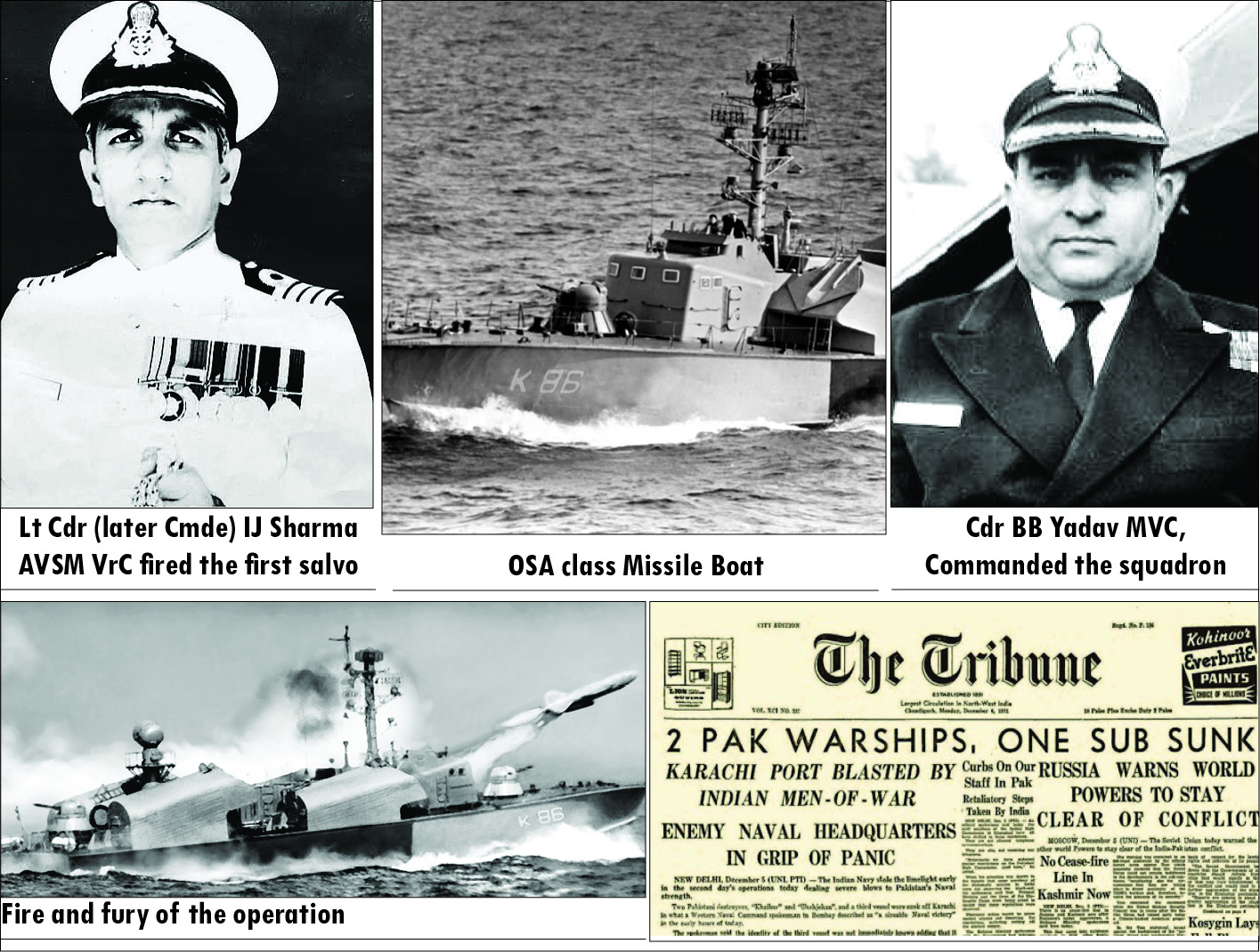
- Mukti Bahini’s Role:
- Mukti Bahini fighters carried out coordinated attacks against Pakistani forces, disrupting supply lines and aiding Indian troops.
- Rapid Indian Advances:
- Indian forces, advancing from multiple directions, encircled Dhaka within 13 days. Key battles included the capture of Jessore, Kushtia, and the strategic Meghna River crossing.
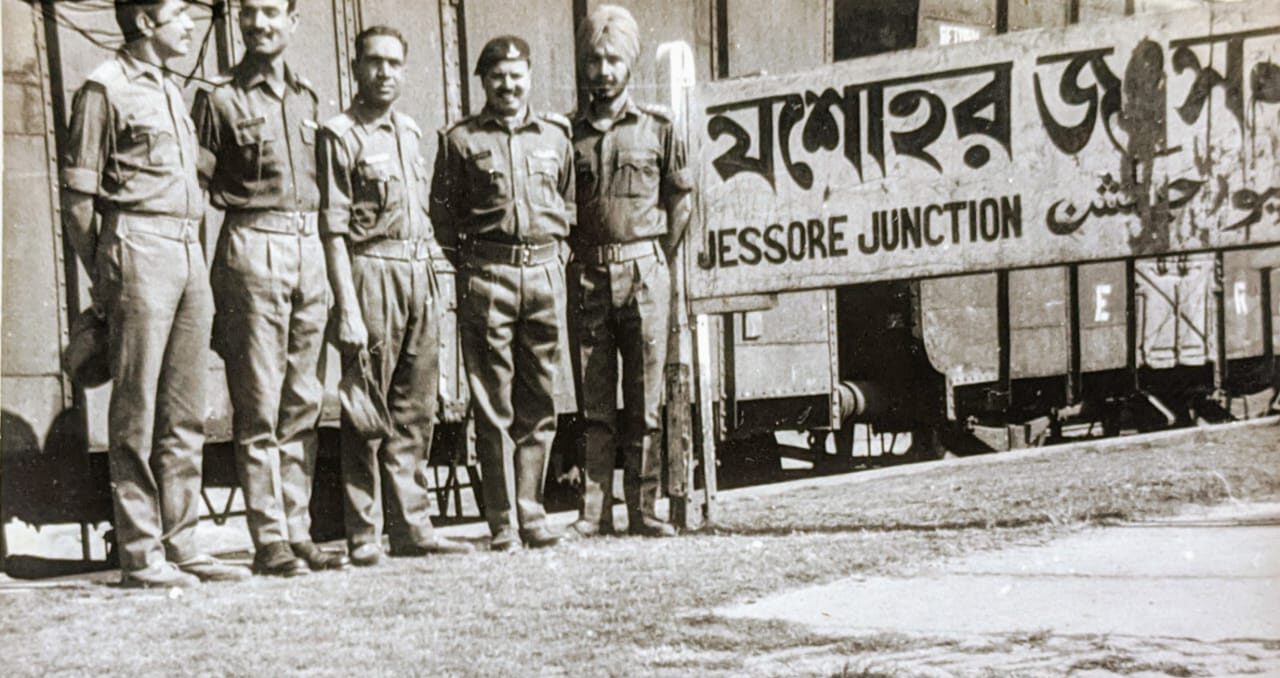
- Indian forces, advancing from multiple directions, encircled Dhaka within 13 days. Key battles included the capture of Jessore, Kushtia, and the strategic Meghna River crossing.
Victory and Surrender (December 16, 1971)
- Surrender of Pakistani Forces:
- On December 16, 1971, Lt. Gen. A.A.K. Niazi, commander of Pakistani forces in East Pakistan, signed the Instrument of Surrender in Dhaka.
- Over 93,000 Pakistani soldiers were taken as prisoners of war, marking one of the largest military surrenders since World War II.

- Declaration of Bangladesh:
- The surrender formally ended the war and led to the creation of Bangladesh as an independent nation.
Aftermath and Consequences
- Geopolitical Impact:
- The war significantly altered South Asia’s political landscape. Bangladesh emerged as a sovereign state, while Pakistan faced a severe blow to its national identity and military morale.
- India’s Strategic Gains:
- India’s decisive victory enhanced its regional stature and demonstrated its military and political capabilities.
- Simla Agreement (1972):
- India and Pakistan signed the Simla Agreement, aiming to resolve disputes peacefully and establish new boundaries.
- Humanitarian Challenges:
- The war left millions displaced and caused significant loss of life. India worked closely with Bangladesh to facilitate rehabilitation and reconstruction.
Legacy of the 1971 War
The 1971 India-Pakistan War remains a testament to strategic acumen, military precision, and the resilience of the Bengali people. It reshaped South Asia’s geopolitics, leaving a legacy of courage and sacrifice.
Vijay Diwas, observed on 16 December, is a significant day in Indian history that commemorates India’s victory over Pakistan in the 1971 Indo-Pak War. This day marks the creation of Bangladesh as a new nation, following the surrender of the Pakistani armed forces.
Key Highlights:
- Historical Context: The war was triggered by the political and humanitarian crisis in East Pakistan (now Bangladesh), where the Pakistani army launched oppressive actions against Bengali-speaking populations demanding autonomy.
- Significance:
- On 16 December 1971, the Pakistan Army under Lt. Gen. A.A.K. Niazi surrendered to the combined forces of the Indian Army and the Mukti Bahini (Bangladeshi freedom fighters).
- This was one of the swiftest military victories in history, achieved in just 13 days.
- Leadership:
- The Indian armed forces were led by Field Marshal Sam Manekshaw as the Chief of Army Staff.
- Political leadership under Prime Minister Indira Gandhi played a crucial role in supporting the liberation movement.
- Commemorations:
- The day is celebrated in India with tributes to the armed forces for their valor and sacrifice.
- Ceremonies are held at India Gate in New Delhi and other memorials across the country.
- Impact:
- The war led to the largest military surrender since World War II, with 93,000 Pakistani troops taken as prisoners of war.
- It marked the birth of Bangladesh as an independent nation.
Vijay Diwas stands as a reminder of the courage, strategic acumen, and sacrifices of those who contributed to this historic victory.


